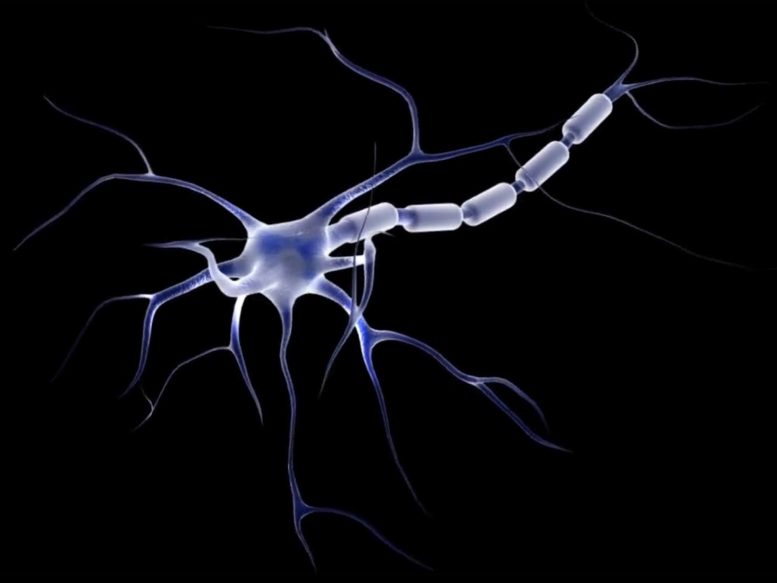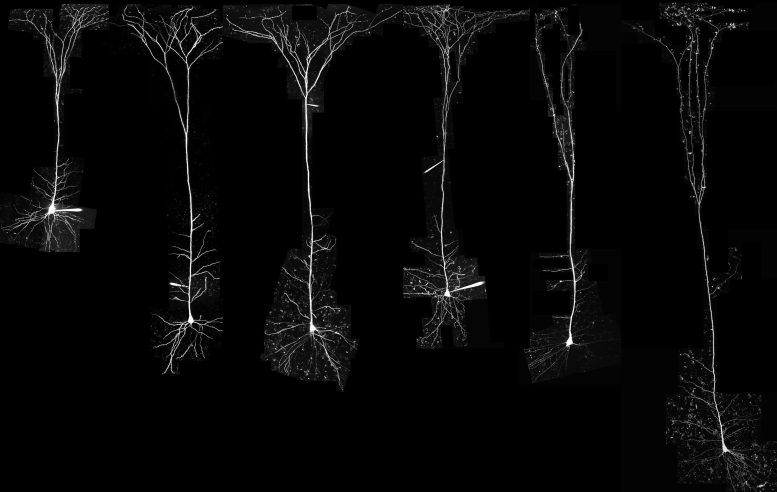Summary: A new study explores how the brain quickly learns and remembers important locations by focusing not on excitatory neurons, but on inhibitory ones called parvalbumin interneurons (PVs). These PVs act like circuit breakers, briefly reducing their activity to allow learning-related neurons to strengthen connections.
Using optogenetics and virtual reality mazes in mice, researchers found that learning was blocked when PV inhibition didn’t decrease at the right time. The findings challenge the idea that more brain activity always equals more learning and could reshape approaches to Alzheimer’s and memory enhancement.
Key Facts:
- Dynamic Inhibition: Parvalbumin interneurons reduce activity just before learning moments, allowing memory-related circuits to strengthen.
- Predictive Signal: The decrease in inhibition predicted a reward before it occurred, revealing how the brain primes itself for learning.
- Clinical Implications: Improper timing of inhibition may explain memory impairments in Alzheimer’s and learning disorders. Source: Georgia Institute of Technology




